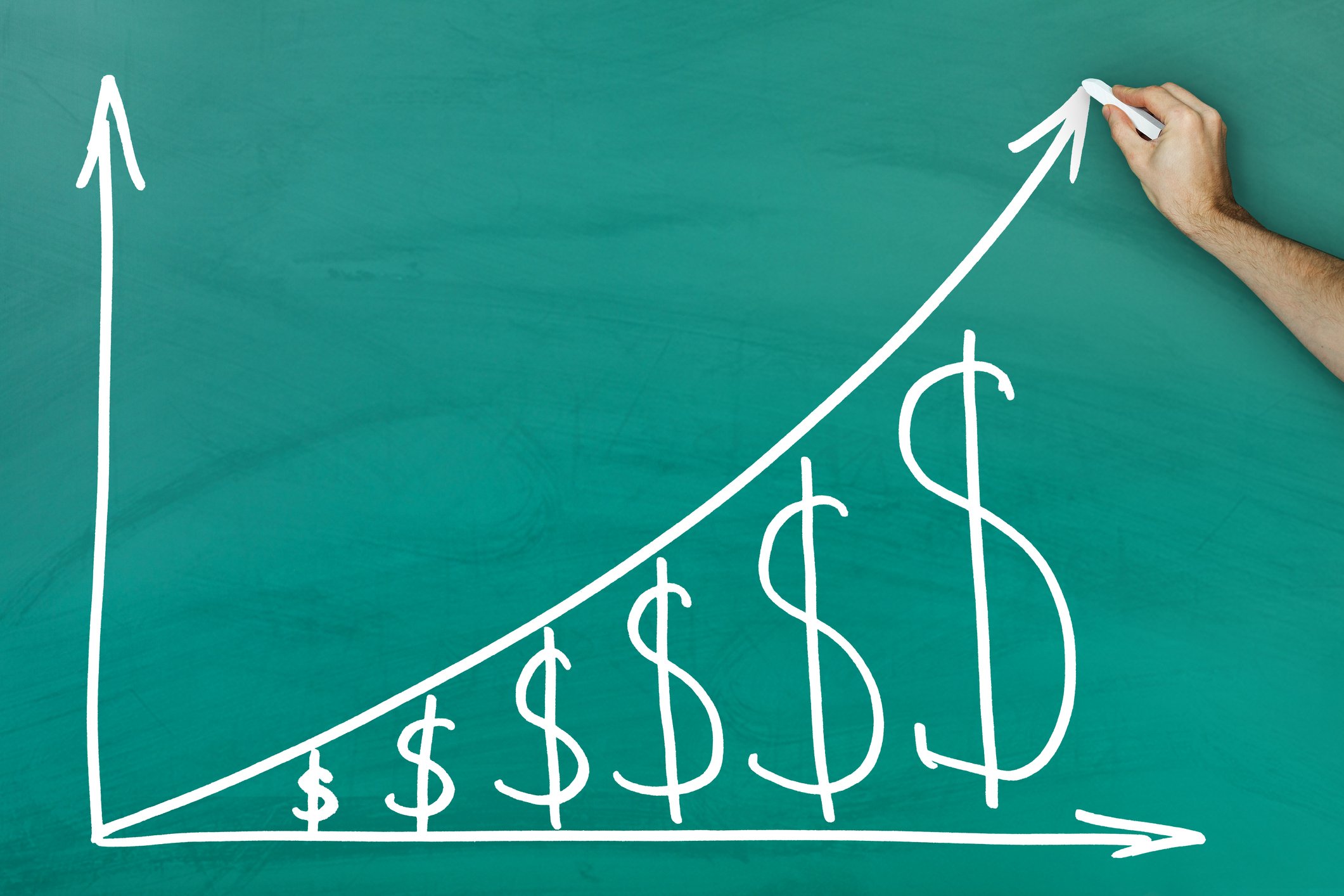Renewable power is a hot space today, as solar and wind power continue to rapidly expand. That places Brookfield Renewable Partners (BEP 0.39%) in something of a sweet spot, since its entire business is about providing the world with clean energy. Now add in a 4.3% distribution yield, roughly twice what an investor could get from an S&P 500 index fund, and there's even more allure here. But having a good business is just one part of the investing equation; this is also a look at Brookfield Renewable Partners and why you might not want to buy it.
In the right places
Brookfield Renewable is part of the Brookfield Asset Management family. That Canadian-based asset manager has an over 100-year history of investing in global infrastructure. For much of its life, it used its own money and privately managed cash for others for this investing. More recently, however, it has started to use controlled master limited partnerships (MLPs), allowing individual investors to invest alongside it. Brookfield Renewable Partners is one of those MLPs. This relationship allows the partnership to punch above its $9 billion market cap, since it can partner with its nearly $60 billion market cap parent when inking acquisitions or making investments.

Image source: Getty Images.
The core of Brookfield Renewable Partners' portfolio is hydro power, one of the oldest sources of renewable energy, which makes up 74% of its power generation. The rest is largely a mix of wind (22% of capacity) and solar (4%). It currently controls roughly 18 gigawatts of power spread across 15 countries. The global diversification here sets Brookfield Renewable apart from other investment options in the energy/utility space, which are often focused on fewer markets.
The partnership has a history of growing via acquisition and ground-up development. It's impossible to predict acquisitions; that's always a wild card. However, the partnership is currently building projects in Brazil (hydro), China (solar), Ireland (wind), and North America (pumped water energy storage). In total, these projects have nameplate capacity of 151 megawatts and are projected to add around $11 million to funds from operations (FFO). Although they have various end dates, these projects are expected to run through 2021. The partnership is working on another 960 megawatts worth of projects, but they are still in pre-development at this point. That said, they represent a clear pipeline for future growth.
Brookfield Renewable tends to sign long-term contracts with its customers, with an average remaining contract life of around 13 years. So there's material consistency to the business, which helps support its robust distribution. The stated goal is to increase the distribution by 5% to 9% a year. Through the first nine months of 2019, its funds from operations payout ratio was around 86%, down from over 100% in the same period of 2018. Put simply, the distribution looks a lot stronger today than it did just a year ago. The plan is to get the payout ratio down to around 70% over time.
So far, Brookfield Renewable Partners' business sounds pretty great. However, there is one material knock against the business model: leverage. The partnership's financial debt-to-equity ratio is roughly 5.3 times, which is up there with utilities like Southern Company and Dominion Energy, which are both considered heavily leveraged. The difference, of course, is that Southern and Dominion have government-granted monopolies, while Brookfield Renewable Partners does not. Brookfield Renewable Partners' long-term contracts provide stability, and it has the backing of a strong parent (Brookfield Asset Management), but investors should carefully consider the risks of using material leverage when looking at this partnership.
Jump in with both feet?
If you can stomach a little debt, you might be thinking that Brookfield Renewable Partners is a great way to get exposure to renewable power. In some ways it is; funds from operations increased a whopping 25% in the first nine months of 2019. But a great company isn't always a great investment, particularly if you pay too much for it. That tidbit of investment wisdom comes from famed value investor Benjamin Graham -- the man who helped train Warren Buffett.
Unfortunately, this warning is very appropriate today with Brookfield Renewable Partners. The units have advanced nearly 90% so far in 2019. The 4.3% yield, meanwhile, is near the lowest levels in the partnership's history, which suggests a rich valuation. Looking at valuation a different way, the price-to-tangible book value ratio is currently around 1.2 times compared to a five-year average of 0.86 times.
It looks like investors have taken note of Brookfield Renewable Partners' story and bid the price up. At this point, the renewable power player looks expensive. While dividend investors looking for distribution growth might still want to take a look, even they would need to go in knowing that they are paying a premium price for the distribution growth potential here. Anyone looking to find a bargain, meanwhile, would be best off avoiding Brookfield Renewable Partners right now.
A tough call
There's little question that Brookfield Renewable Partners is a well-balanced partnership operating in a good market niche. However, investors have clearly recognized its strengths here. After a huge price advance in 2019, Brookfield no longer looks like much of a bargain, despite its over 4% yield. This is a name that income investors should have on their wish list, but it probably doesn't belong on most buy lists right now.






